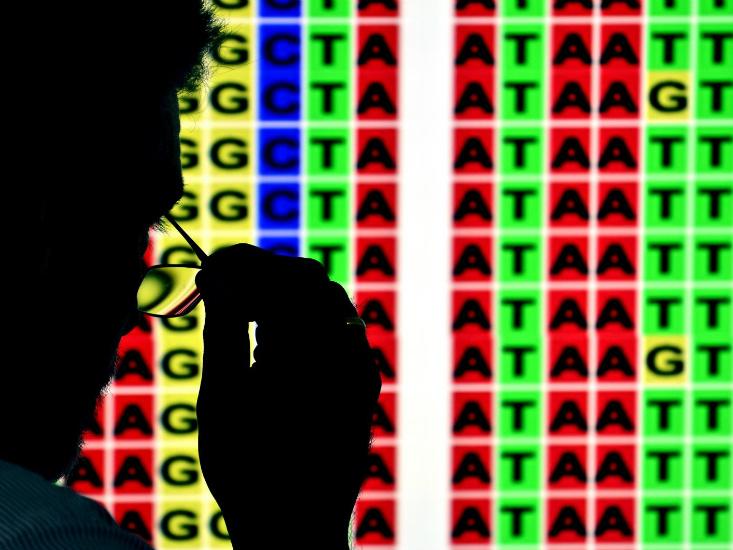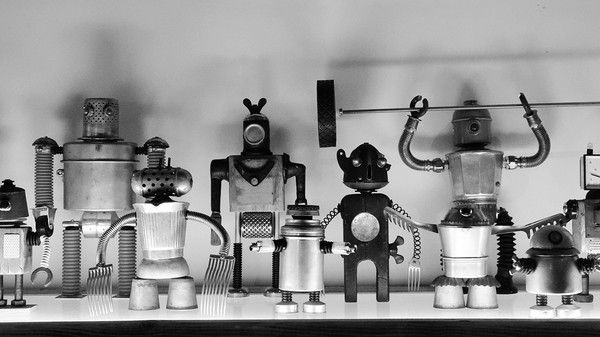— Bitcoin Magazine

Speakers from the top companies in the Bitcoin industry will present a full-day mini-conference of Bitcoin-related content during the SXSW 2015 Interactive Festival. The event will take place Monday, March 16, at SXSW’s Startup Village in the Austin Grand Ballroom of the Hilton Downtown in Austin, Texas.
The event will feature five sessions focusing on topics about the Bitcoin industry, with information from basic to advanced. Good and bad myths will be addressed, and speakers will share their vision for a future with Bitcoin.
The hour-long sessions for the day are titled “What is Bitcoin?,” “Bitcoin 2.0,” “A Future with Bitcoin,” “Impact on Developing World,” and “Real World Applications.” Read more

 manufacturing methods set to upend industry. Another method, subtractive manufacturing, is the yin to 3D printing’s yang.
manufacturing methods set to upend industry. Another method, subtractive manufacturing, is the yin to 3D printing’s yang.











